Ahead of Prince Harry’s wedding on 19th May, speculation has been rife regarding his assumption of a royal title, with a forerunner being Duke of Sussex. At present he is simply His Royal Highness Prince Henry (Harry) of Wales, and nothing more. However tradition dictates that upon marriage, the Sovereign grant an official title to a Prince of the realm, as Prince William was upon his marriage to Kate Middleton (now Duchess of Cambridge) in 2011.
In this article we explore why (in all likelihood) Harry will become the second Duke of Sussex, along with the varied and curious parallels between him and the only previous holder of the title.

To be a duke is to hold the highest title in the British peerage and as such they are awarded very rarely. At present there are a mere 35 dukedoms (though only 30 Dukes, as one person may hold several dukedoms), of which seven are specifically royal dukedoms. Since the creation of the first dukedom in 1337 by Edward III there have been various creations of specifically royal dukedoms awarded to husbands and direct male line descendants of the Sovereign, separate to those awarded to members of the aristocracy.
Most dukedoms can only be inherited by legitimate male line descendants, and so over the last 700 years, many of them have fallen into abeyance through lack of heirs. The three major exceptions to this rule are the dukedoms of Cornwall, Rothesay and York – the first two currently held by Prince Charles and the third by Prince Andrew – which are traditionally always given to the eldest and second eldest sons of the reigning Monarch respectively. Aside from these three, there are only four extant royal dukedoms: Kent and Gloucester which are currently held by grandsons of George V, Edinburgh held by Prince Philip and Cambridge, held by Prince William.
The Duke of Gloucester was granted his title on his 18th birthday, and The Duke of Kent succeeded just age 6 after his father’s death in WWII; but the others were granted by the Sovereign upon the occasion of their recipient’s marriage. It is therefore reasonable to assume that Prince Harry, as a direct male-line descendant of a reigning Monarch, will receive a dukedom when he weds Meghan Markle. Assuming The Queen chooses a previously used royal dukedom (and as a traditionalist we can probably assume this), her choices are surprisingly limited.
The only previously used, but currently available royal dukedoms are Connaught, Albany, Cumberland, Ross, Kintyre, Kendal, Sussex and Clarence. Connaught, a province of what is now the independent Republic of Ireland, would be a wildly inappropriate choice to bestow on the man currently 5th in-line to the British throne.
Albany and Cumberland were both revoked from previous holders after they fought in the German army in World War One, and their heirs are still alive, hence could dispute the right of anyone else to claim the title (quite apart from the distasteful association with Imperial Germany such titles bring).
Ross and Kintyre were both very briefly held in medieval Scotland by younger sons of the King, but have not been used in over 500 years, while Kendal was almost always a gift to a close none-Royal, only once used for a baby son of King James II, who died before his first birthday.
Clarence meanwhile has had the most colourful history of any dukedom, but a not entirely positive one. The Dukes of Clarence have been hit by a run of ill-luck in turn; dying young, slain in battle, being drowned in a barrel of wine for treason .The final Duke of Clarence, Prince Albert Victor, was the scandal hit elder brother of George V (this mysterious individual was the subject of much lurid speculation about his private life at the time and since including accusations of being Jack the Ripper). That leaves only Sussex from the available pool, and only one previous holder, offering a far more familiar and distinguished record for Prince Harry to follow…

Prince Augustus Frederick was born on the 27th January 1773 at Buckingham palace, the ninth child and sixth son of King George III and Queen Charlotte. Much like Prince Harry, he arrived at a time of great change for both Britain and its Royal Family: under George III, the Monarchy began the slow transition away from divinely appointed heads of state to the nations first family and representatives to the world. Also in common with Prince Harry, he was given freedom to develop his own interests and passions, safe in the knowledge that he was unlikely to be called to the throne.
George III and Charlotte were blessed with many children, and so Augustus spent most of his early life with two of his brothers, the elder Ernest (born two years before) and the younger Adolphus (born a year later). All three were sent to Gottingen in Germany for their education, and to remove them from the dissolute influence of their oldest brother, the future King George IV, when Augustus was just 13. While he was a keen student, the young Prince also suffered from asthma and was unfortunately unable to follow his brothers into military training, as would have been traditional.
As such, the young Augustus missed out on the action of the French revolutionary wars which occupied his brothers, and looked for another outlet for his energy. At first he considered a career in the church, before ultimately deciding to travel Europe instead as many young aristocrats did at the time. It was probably on these travels that he began to pick up the progressive views and enlightenment attitudes to science and religion which were to characterise his later life. It was also where he first fell in love.
She was Lady Augusta Murray, the daughter of Lord Dunmore (a former Jacobite and last British governor of Virginia), she was 25, he was 20, and instantly besotted. They married secretly in an Anglican ceremony in Rome in April 1793, before returning to England and repeating the ceremony (again in private) in London that December. Unfortunately this was after the royal marriages act had been passed, forbidding marriage without the Sovereign’s consent, and an incensed George III absolutely refused to give his blessing, given the way it had happened. The marriage was therefore annulled in 1794, although the couple continued to live together for the next seven years, scandalising polite society by having two children, and apparently living very happily.
However, despite the domestic bliss, as for many Royals to come, the lure of title and money proved to be a stronger one than love. In 1801, a settlement was worked out with his father and parliament whereby he agreed to stop living with Lady Augusta and their children in return for a grant of £12,000 from parliament per annum, and the title Duke of Sussex, while the Lady herself received £4,000 per annum with which to maintain herself and their children.
While from here on the new Duke dedicated himself to his royal duties and began to broaden his interests, his unconventional streak would resurface many times. Often his set him against his parents or elder brothers, giving Augustus the impression of being the vanguard for royalty in the future to come; his enquiring and liberal personality far more inline with the conventions of the emerging 19th century society than the outdated notions of the 18th century Britain.
Much as with Prince Harry today, the Duke of Sussex was associated with many progressive and liberal causes of the day. This included strong support for anti-slavery legislation, electoral reform, Jewish rights freemasonry, scientific enquiry and Catholic emancipation. In supporting this last cause, he put himself directly in opposition to his father and elder brother, both of whom were vehemently opposed to any relaxation of the anti-Catholic laws of the time.
The Duke was also a strong believer in the new ideas of the enlightenment, spending his life supporting the work of intellectuals in all fields. The Duke of Wellington put it best in his message of condolence upon the Duke’s passing, saying that ‘his late Royal Highness was during his whole life the protector of literature, of the sciences, and of the arts, and of the professors and representatives of all branches of knowledge’.

This culminated in 1830 when the Duke of Sussex became the only Royal in history to be elected President of the Royal Society. A score of letters from his tenure have survived (he headed the society for eight years, reportedly quitting because he couldn’t keep up with the expense of the formal dinners he was required to attend). The letters which survive show a man concerned with many different branches of learning, and also with not being overly extravagant (many relate to the cost of events and awards).
The Duke’s interest and trust in the new learning manifests itself in various anecdotes from throughout his life. He was one of the first people to consent to a risky (and relatively untried) cataract operation, which restored his sight in 1832. He also took a special interest in learning Hebrew and Jewish rights more generally; at his death he reportedly owned over 500 Hebrew books. Augustus is also notable for having founded London’s very first Jewish orphanage.
His willingness to combine the religious passion of previous ages and the scientific enquiry of the new is probably best summed up in his speech from 1838 to the Royal Society, where he stated that “attached as I am to science–attached as I am to religion, I am satisfied that the real philosopher is the most religious man; and it is in looking to the operations in nature that the finger of the Almighty leads us to the lesson”.
In much the same way his personal life, while normal to modern eyes, was unconventional for the time. The Duke of Sussex contracted a second marriage without royal permission in 1831 – again in contravention of the royal marriages act – to Lady Cecilia Buggin. This marriage however, given the Duke’s age and experience (and the fact that the succession had by now been secured, taking much of the urgency out of the matter) was allowed to continue, despite lack of royal permission. While Lady Cecilia was not accorded the title ‘Duchess of Sussex’, she was permitted to live in Kensington Palace and the marriage was reportedly a happy one.

In common with her husband, Cecilia became a great favourite of the young Queen Victoria, who in 1840 created her Duchess of Inverness in her own right, to allow her to attend court and share her husband’s life there more openly. She remained a close companion of the Queen, even after her husband’s passing, until her own death in 1873.
Throughout his life the Duke of Sussex also seems to have adopted something of a ‘beloved uncle’ role in his extended family. Perhaps it was his youth and progressive views, which contrasted so severely with his brothers, that endeared him to his royal nieces, or perhaps the appeal of a favourite uncle over difficult parents is one with a strong hold in any century. Accordingly the Duke was a great supporter of his niece Princess Charlotte (daughter of the then Prince Regent, and later king George IV) in her attempts to escape her fathers controlling influence. In 1814, she famously fled from her father’s custody to try and avoid a marriage she didn’t want, receiving the Duke’s full support against his elder brother. When Princess Charlotte and her father reconciled, only for her to once again be left in isolation with little personal freedom, she smuggled a note pleading for help to her uncle. The Duke of Sussex spoke up for his niece in the house of Lords with such passion and force, that he was summoned to the palace by his enraged brother, the Prince Regent. His defence of his wayward niece so angered his brother that the two men reportedly never spoke again.
Augustus also appears to have been held in even greater esteem by his most famous niece: Queen Victoria. The Duke seems to have been very fond of Victoria and seems to have come to represent something of the father figure she lacked, given the early death of her own father. This close bond is demonstrated in 1840 when, despite not being the eldest remaining brother (that being the ultra-conservative Ernest), Victoria requested he be the one to give her away at her wedding to Prince Albert of Saxe Coburg-Gotha; in addition to this, the queen created him Grand Master of the Order of the Bath.
Only a few years later in 1843, the Duke himself died. A radical to the last, he refused himself the honour of a state funeral and requested to be buried in Kensal Green cemetery, so as to be laid next to his none-royal wife, Lady Cecilia. It was a request his niece the Queen was more than willing to grant, and the couple lie side by side to this day.
In his youthful energy, unconventional romantic choices, patronage of charities and socialites, modern interests and kindness to his younger relations; we can see much of Prince Harry in 19th century (potential) predecessor. Should these Princes indeed end up sharing a title, there can be no better predecessor to look towards, nor indeed successor to anticipate the successes of, than these two men.


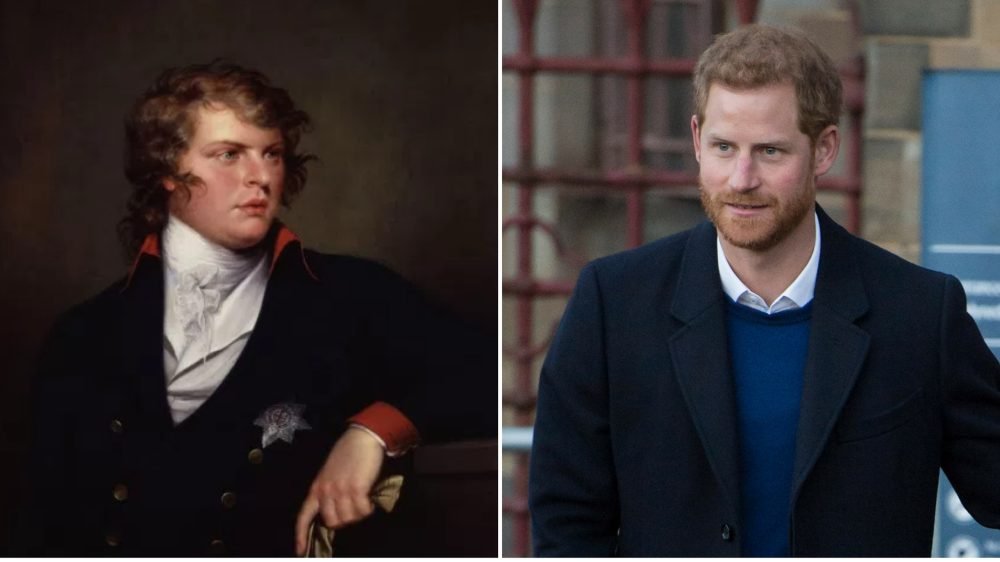



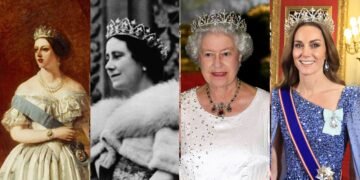
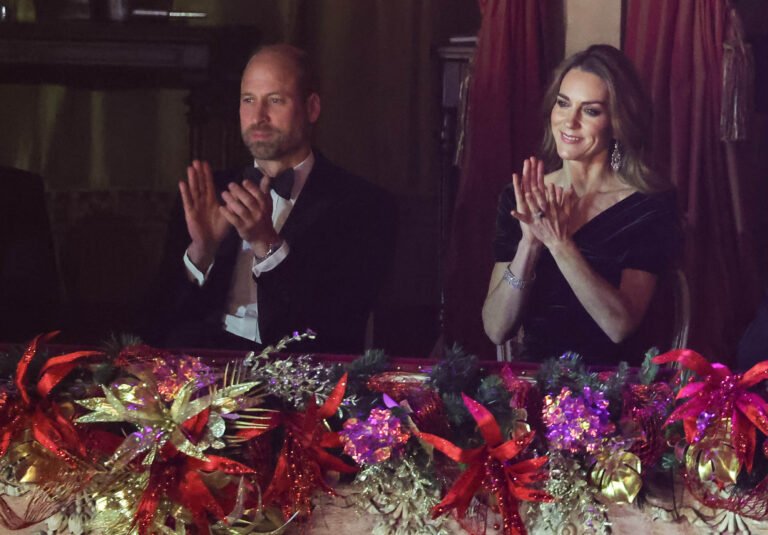
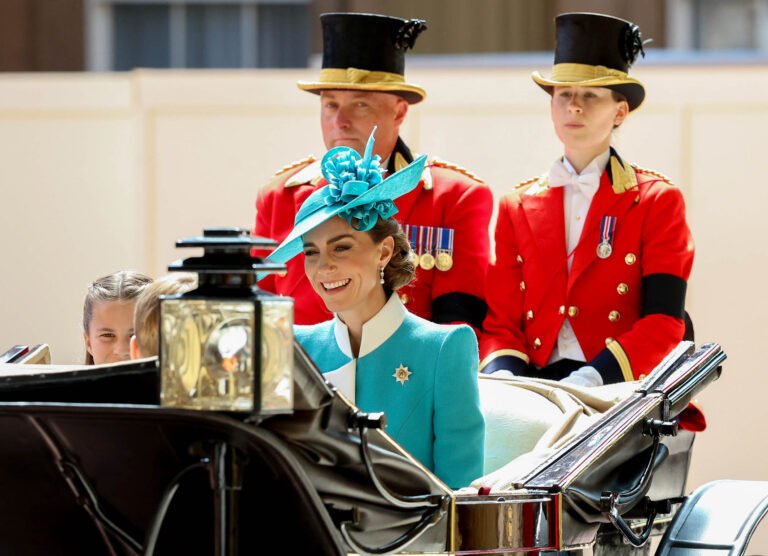

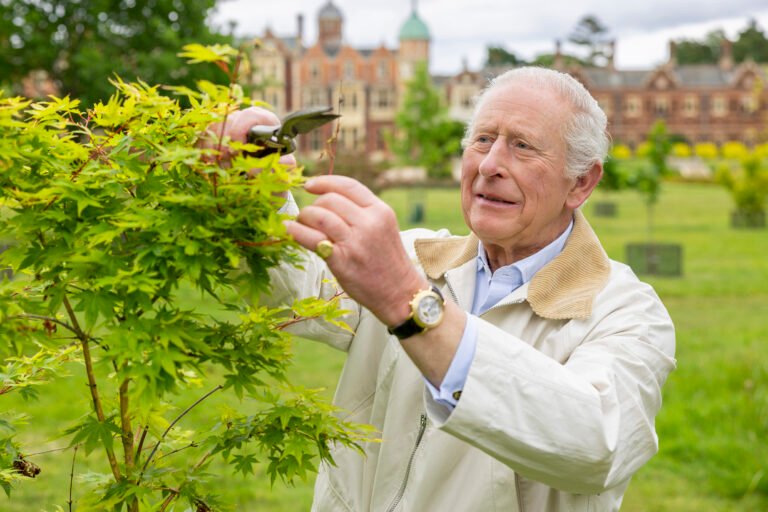
Congratulations on a lovely story.
A Worthy Predecessor is a steadying influence.